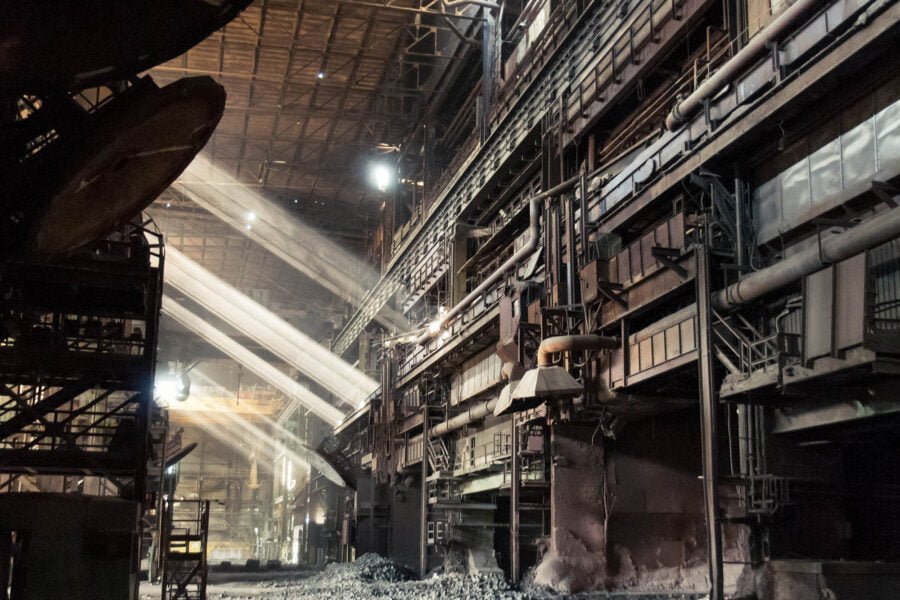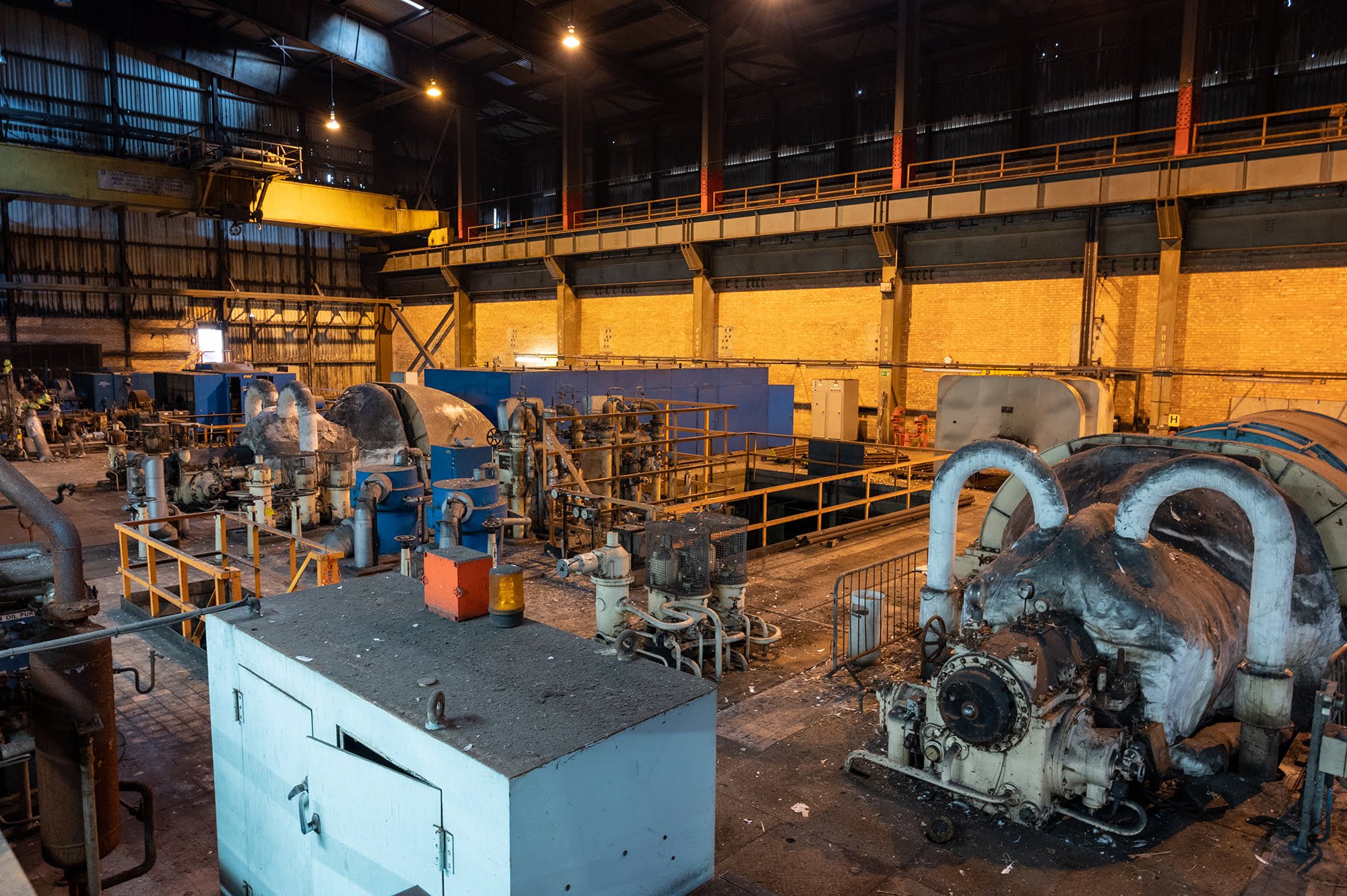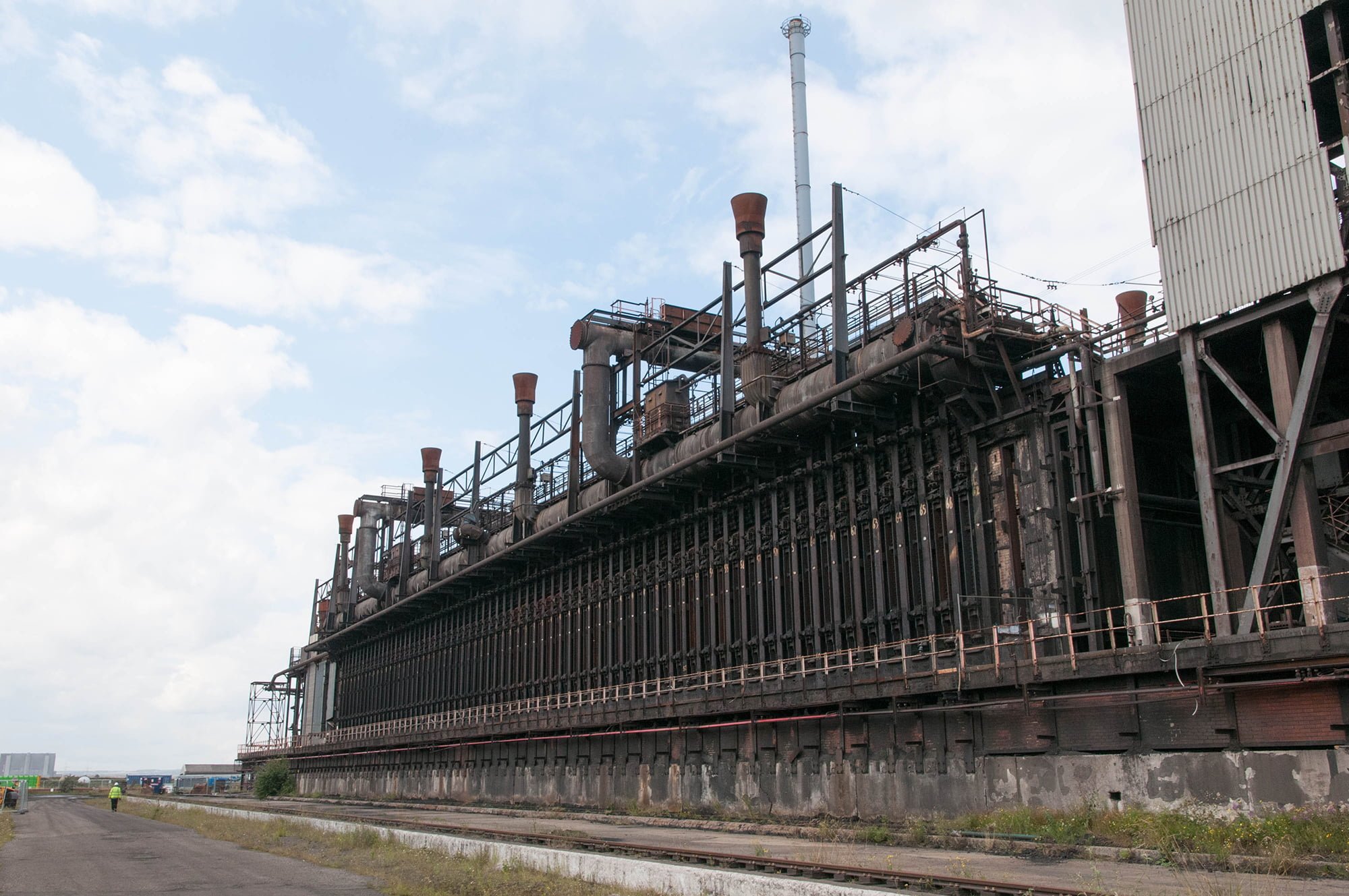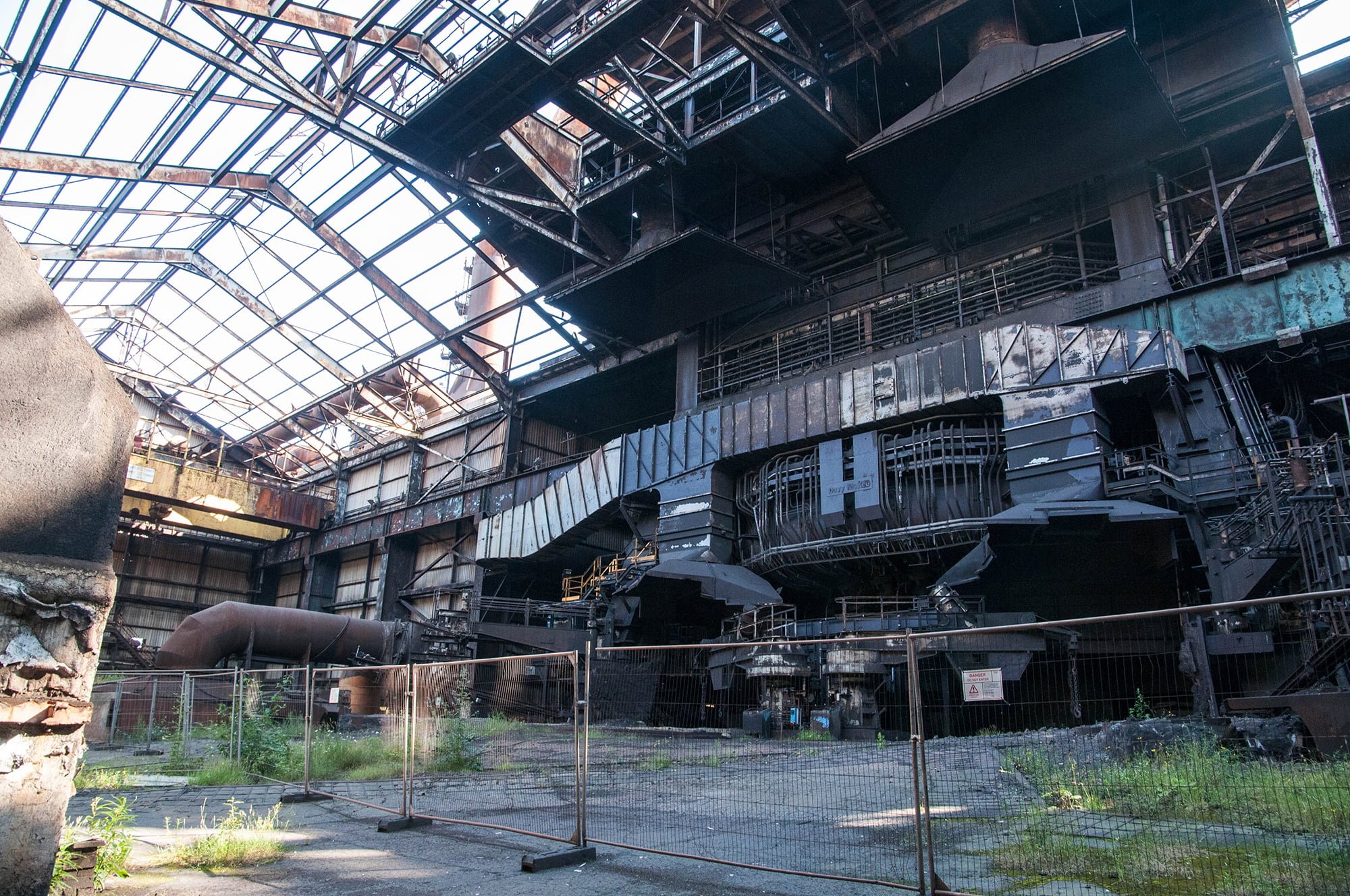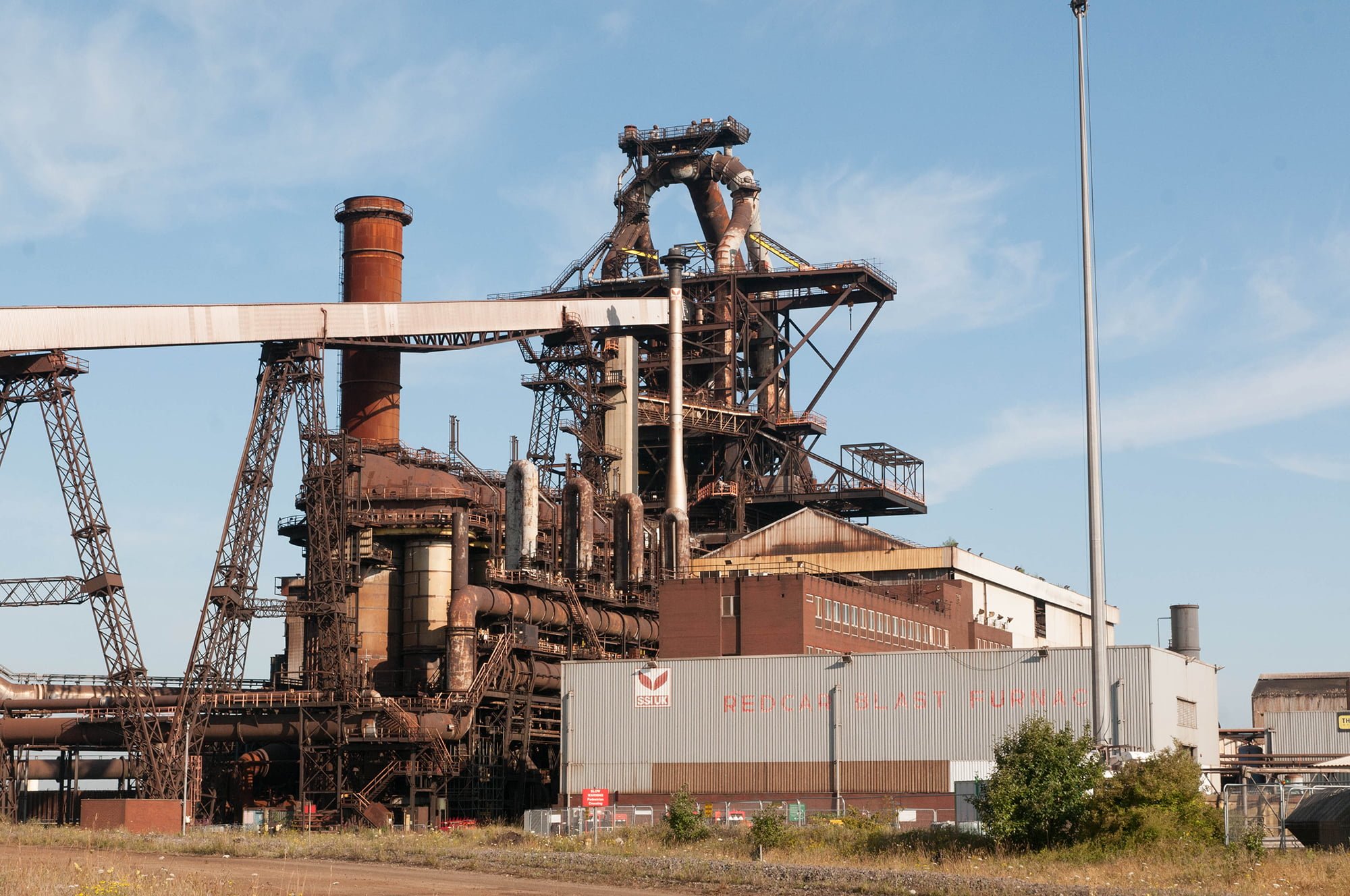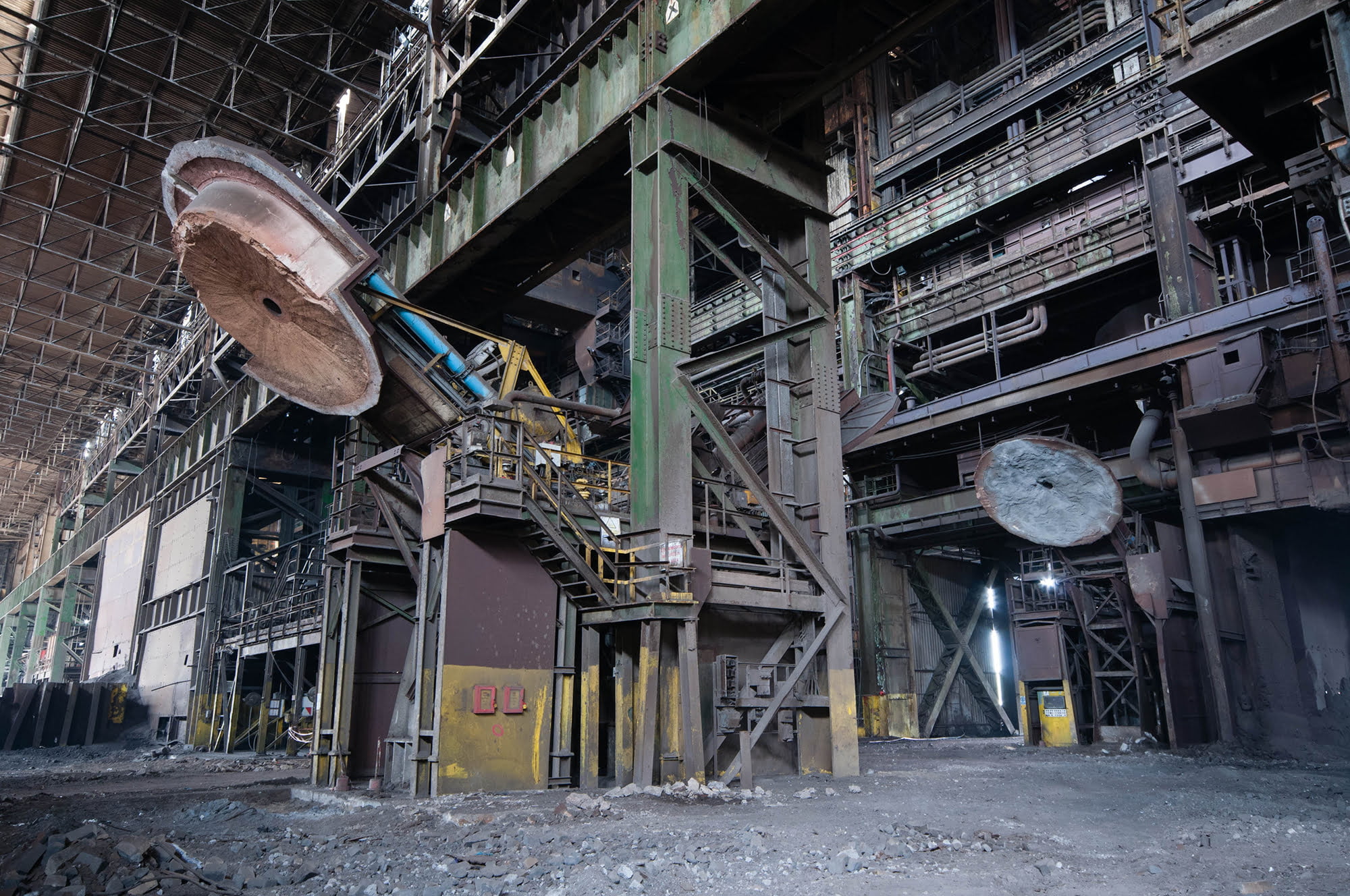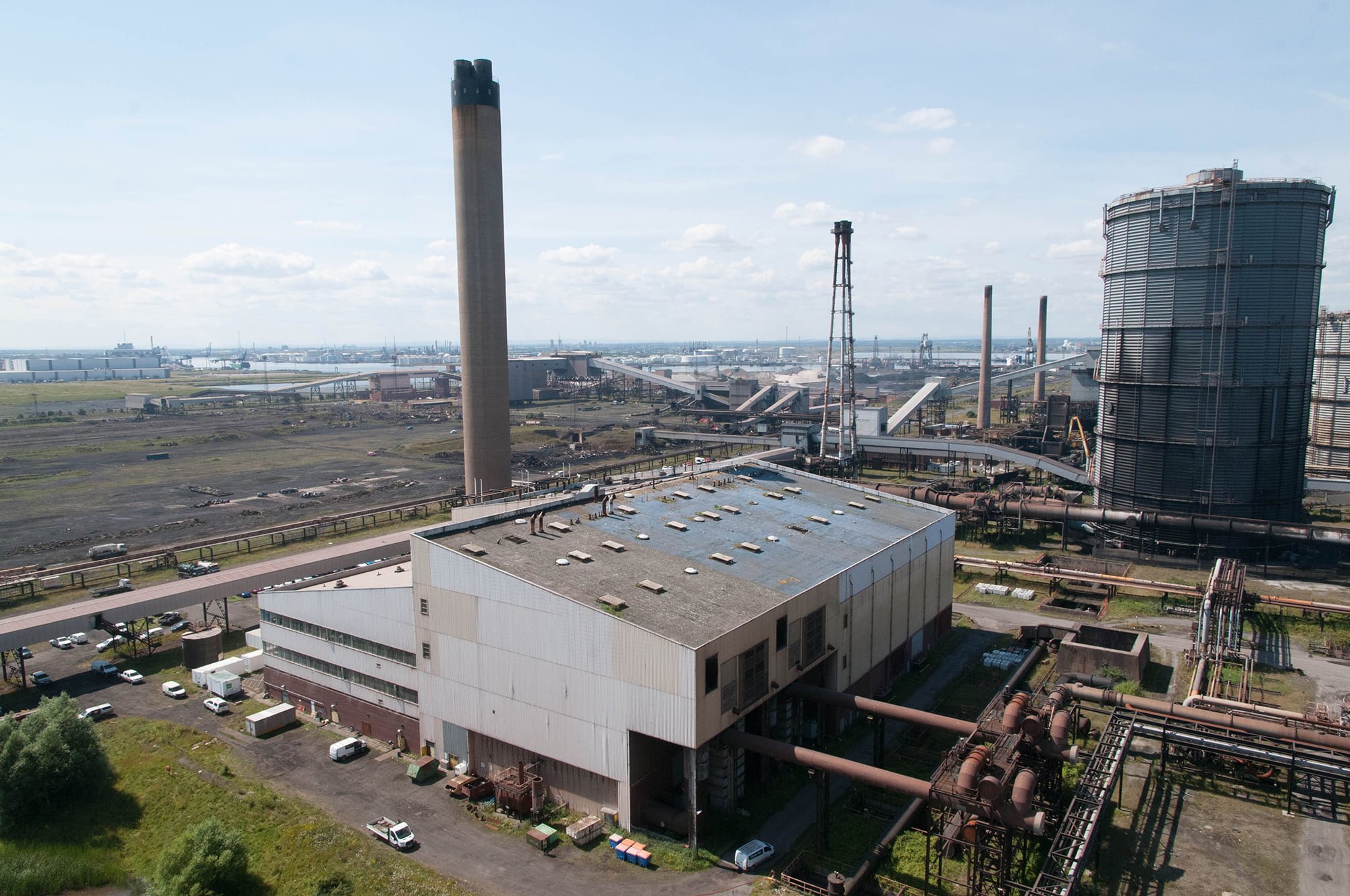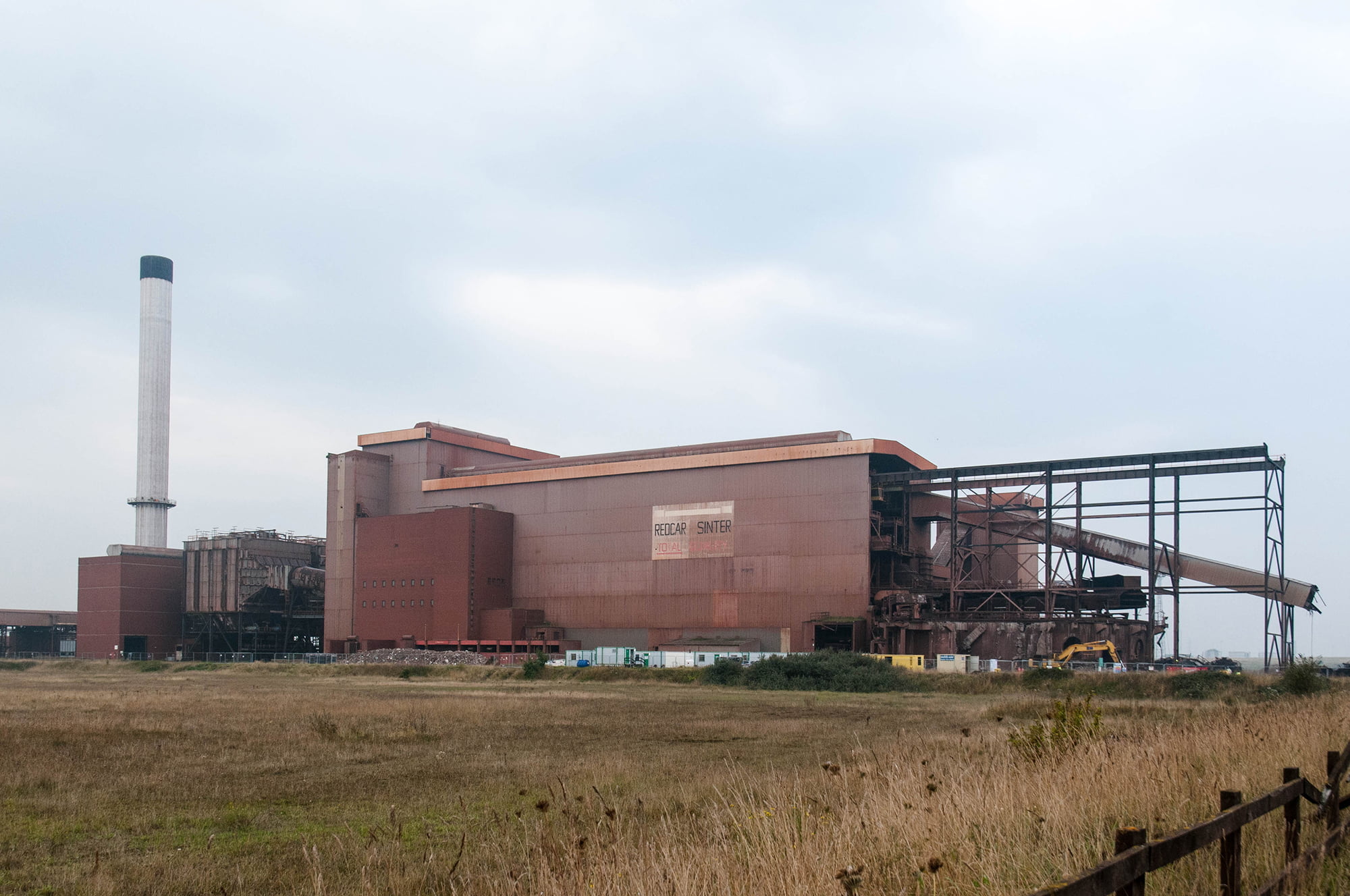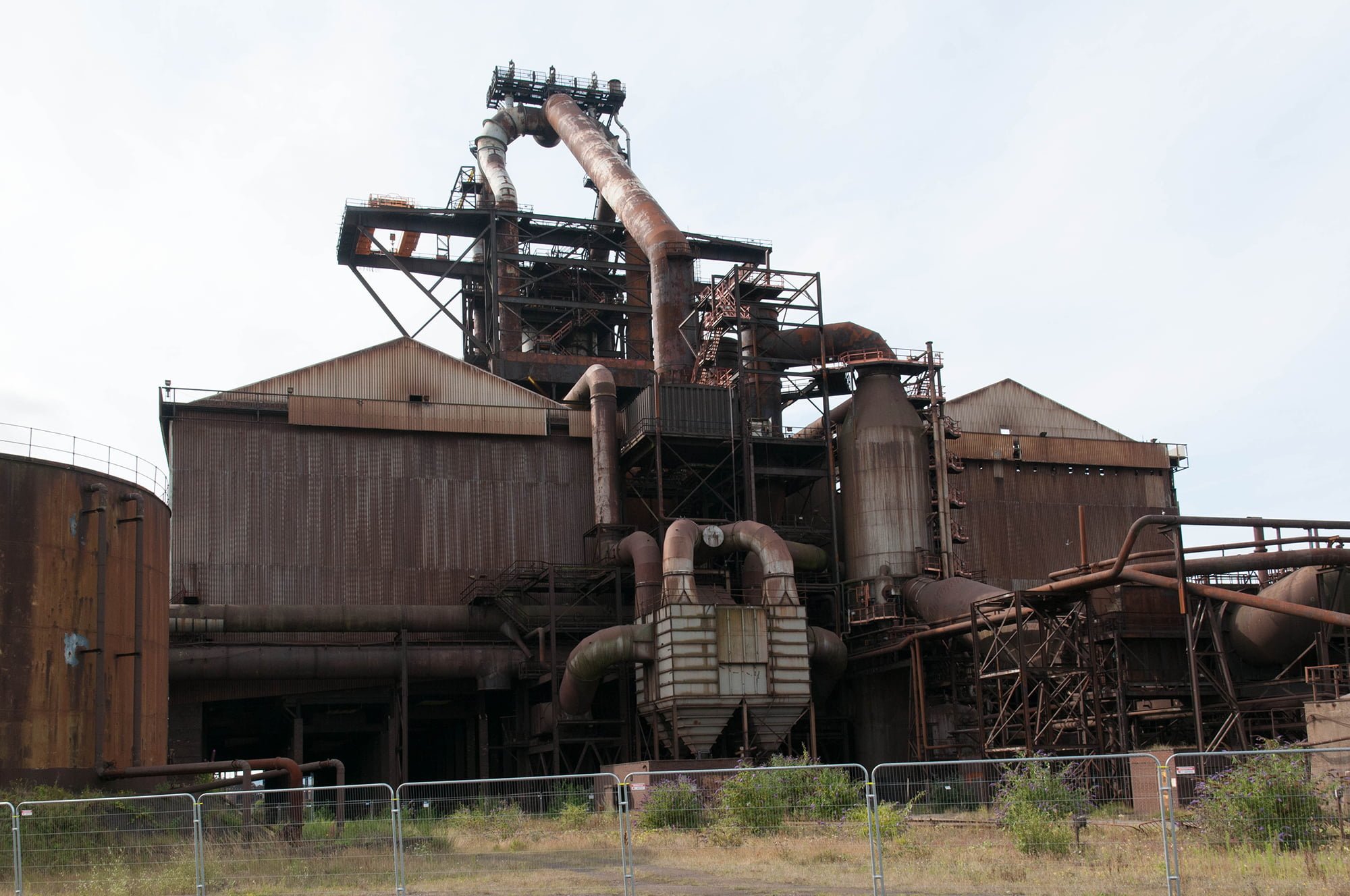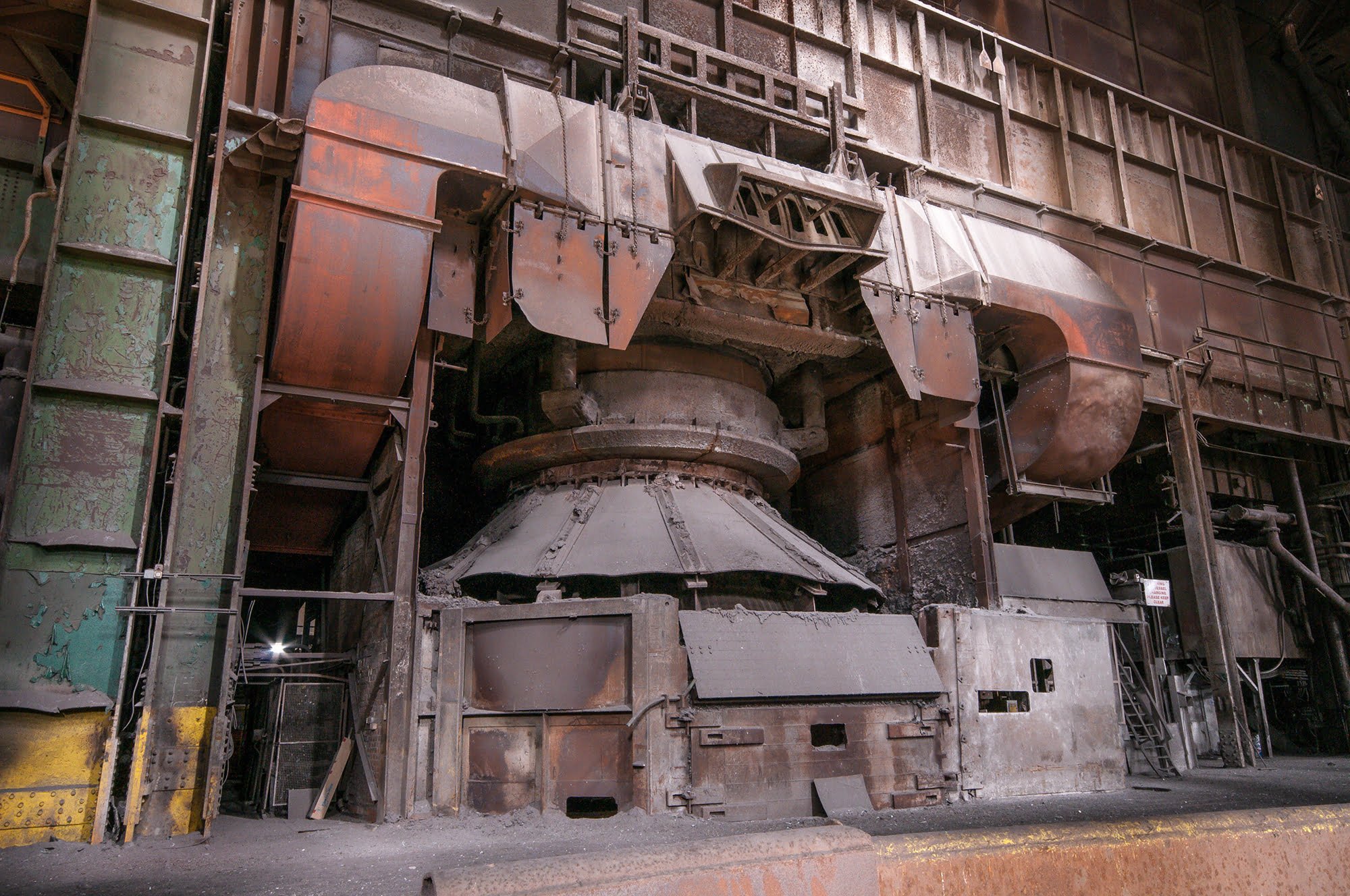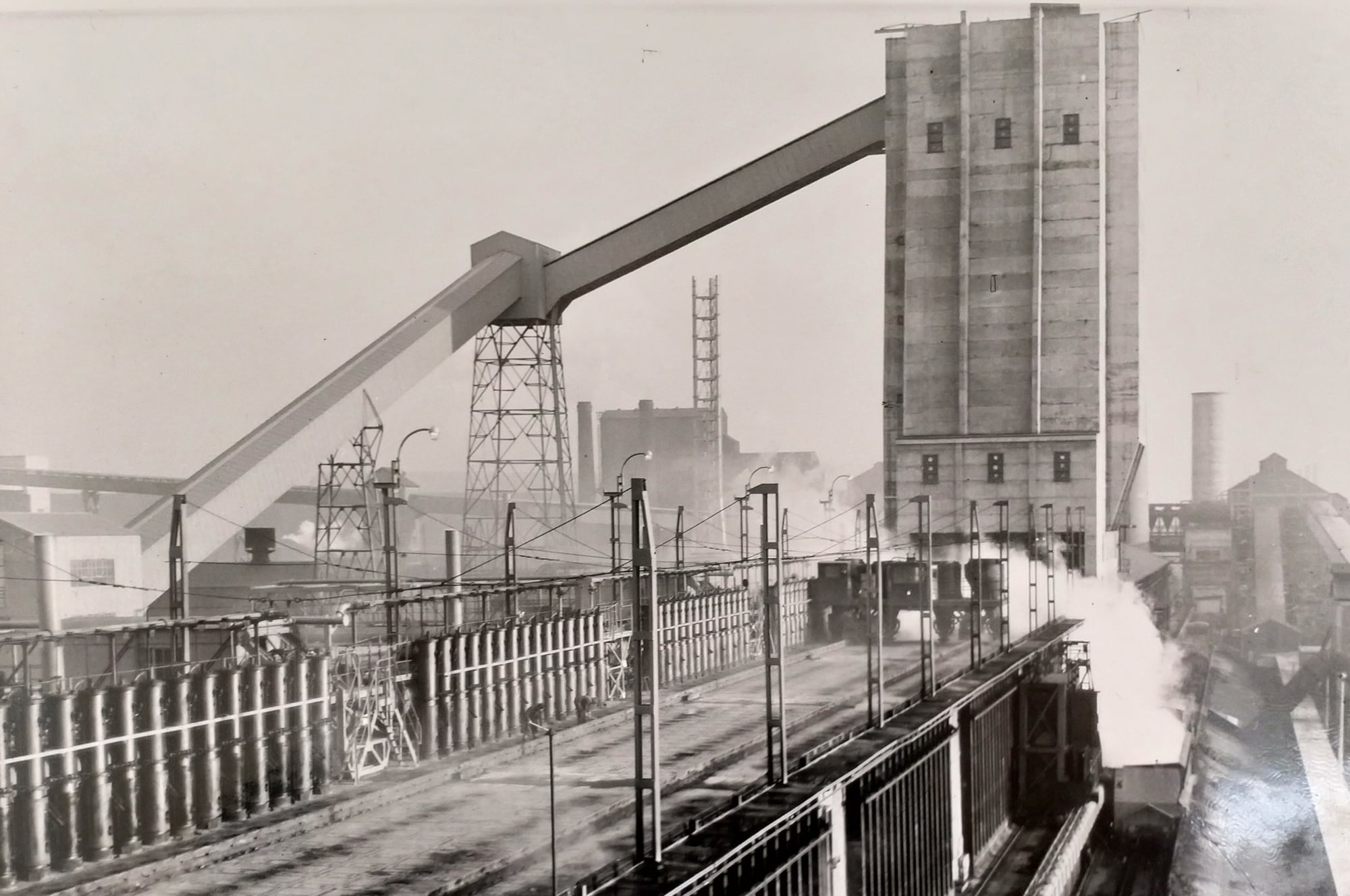TEP was instructed by the Tees Valley Combined Authority to undertake historic building recording of a substantial industrial site comprising the Redcar Iron Works, the Lackenby Steelworks and plant at South Bank, an area collectively referred to as the Teesworks Industrial Zone. The principal objective of the survey was to produce an archaeological record of the site prior to demolition, including the various processes of materials movement and stages of manufacturing that took place at the different areas of the works.
The scope of works encompassed several substantial buildings and plant including a blast furnace which at the time of construction was Europe’s largest such facility, standing at a height of 104 meters and capable of producing up to 11,00 tonnes of iron per day. Other structures surveyed included coke ovens, three gasholders, a power plant, sinter plant and stock houses, by-products plant, raw materials handling plant and conveyors and a substantial steelworks building containing basic oxygen furnaces and continuous casting facilities.
Producing a comprehensive record of the site including all major buildings as well as the associated networks of conveyors and stockyards presented the team with a logistical challenge due to time and safety constraints. The historic building survey adhered to Historic England levels 2, 3, and 4 according to the relative heritage significance of each structure. Over 4000 high resolution photographs were taken over two weeks including main exterior elevations, views of principal rooms and spaces and details of plant and equipment. Interviews were carried out with key plant operators and site managers to provide technical information regarding the operation of the site. An archive visit was also carried out to help provide a comprehensive historic background and aid in understanding the social significance of the site to the local area.
The recording project was among the largest such types of recording undertaken by archaeologists of an industrial site and the final report includes a historic background and technical description of all the main buildings including all principal plant and manufacturing processes.
Click here for the full report on the Archaeology Data Service.


